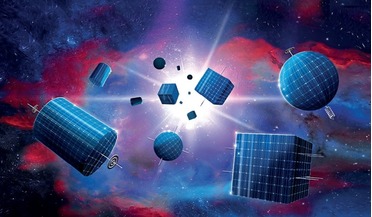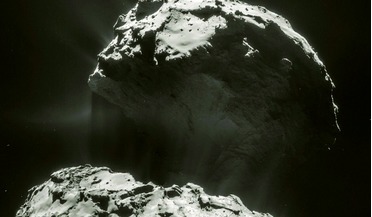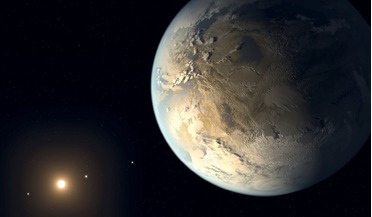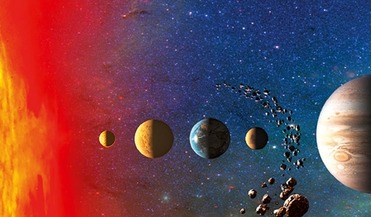 August 2017
Big science from small spacecraft
August 2017
Big science from small spacecraft
... the larger ‘flagship’ missions like Curiosity or Europa Clipper. Destinations So where can we reasonably expect to explore in our Solar System with smaller spacecraft? The Sun is an obvious target, since we can cost-effectively send cubesats and...
 October 2019
Electric orbit raising and space weather
October 2019
Electric orbit raising and space weather
... consideration for electric orbit raising missions, as it may allow satellite operators to minimise the radiation dose absorbed by solar cells by optimising the transfer orbit. The use of electric orbit raising for satellites bound for geostationary...
 January 2020
Small body missions unveil interplanetary secrets
January 2020
Small body missions unveil interplanetary secrets
..., asteroids, and that significant differences abound. Because the solar system still has a significant (but not well-known...diversity of resources locked in these small pieces of the solar system that make it through our atmosphere. Using this resource...
 August 2018
Exoplanet census promises radical discoveries
August 2018
Exoplanet census promises radical discoveries
... derives from the original coronagraph designed and built by Bernard Lyot in 1931 to observe the solar corona without having to go to a total solar eclipse. While most large ground telescopes have coronagraphs, distortions due to the atmosphere limit...
 June 2019
The challenge of planetary protection
June 2019
The challenge of planetary protection
...and use of space in order to avoid contamination of the Earth or compromise the search for extraterrestrial life in the solar system. Let’s imagine that a research laboratory, selected to make preliminary examinations of samples from Mars, finds that...
 April 2020
Protecting against the dangers of space radiation
April 2020
Protecting against the dangers of space radiation
...explorers. Space radiation is complex, mission-dependent and dependent on solar activity. In essence, the parameters are likely to be ...magnetic field; particles shot into space during solar flares (solar particle events); and galactic cosmic rays, ...